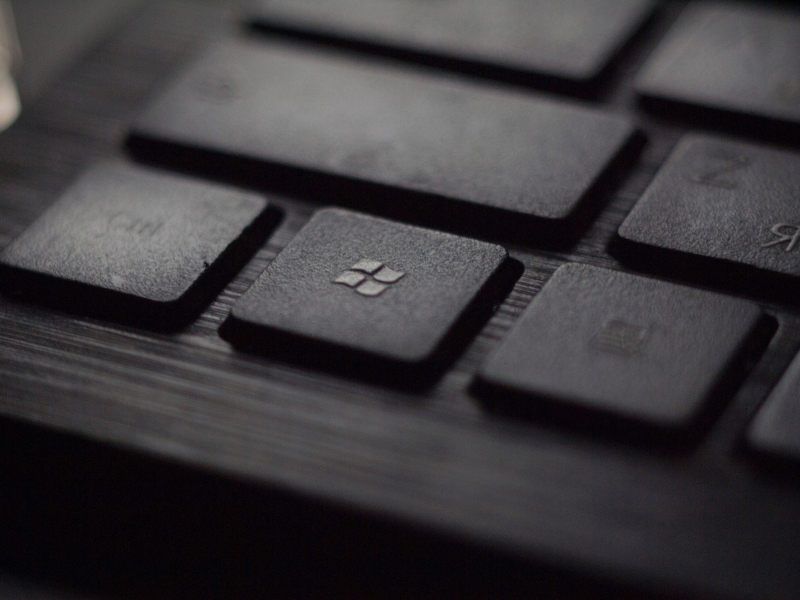Age and Legacy
In the computer system landscape, the evolution of firmware interfaces has brought about significant changes. Unified Extensible Firmware Interface (UEFI) and Basic Input/Output System (BIOS) are two widely recognized firmware interfaces that have played essential roles in booting up and initializing computer systems.
UEFI, or Unified Extensible Firmware Interface, is a newer standard that has gradually replaced the traditional BIOS. It offers enhanced capabilities and a more graphically appealing user interface. UEFI systems employ the UEFI system partition, a separate and independent section of the storage device dedicated to booting and providing system information.
Updating the UEFI firmware involves a straightforward process, allowing users to apply the latest improvements and security patches effortlessly. Manufacturers often provide specific instructions and tools for this task. BIOS, or Basic Input/Output System, has been a reliable and widely adopted firmware interface for several decades. It operates in a text-based environment and uses the Master Boot Record (MBR) to locate the operating system.
UEFI has emerged as the modern replacement for the BIOS firmware interface. Its improved capabilities, such as support for multiple operating systems and secure boot, make it an essential component in modern computing environments. While transitioning from BIOS to UEFI requires careful consideration and planning, it brings numerous benefits and optimization opportunities for the smooth and secure operation of modern operating systems.












